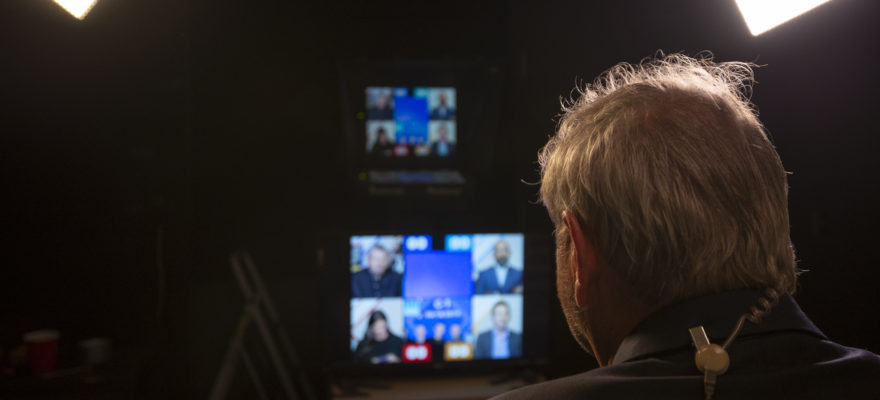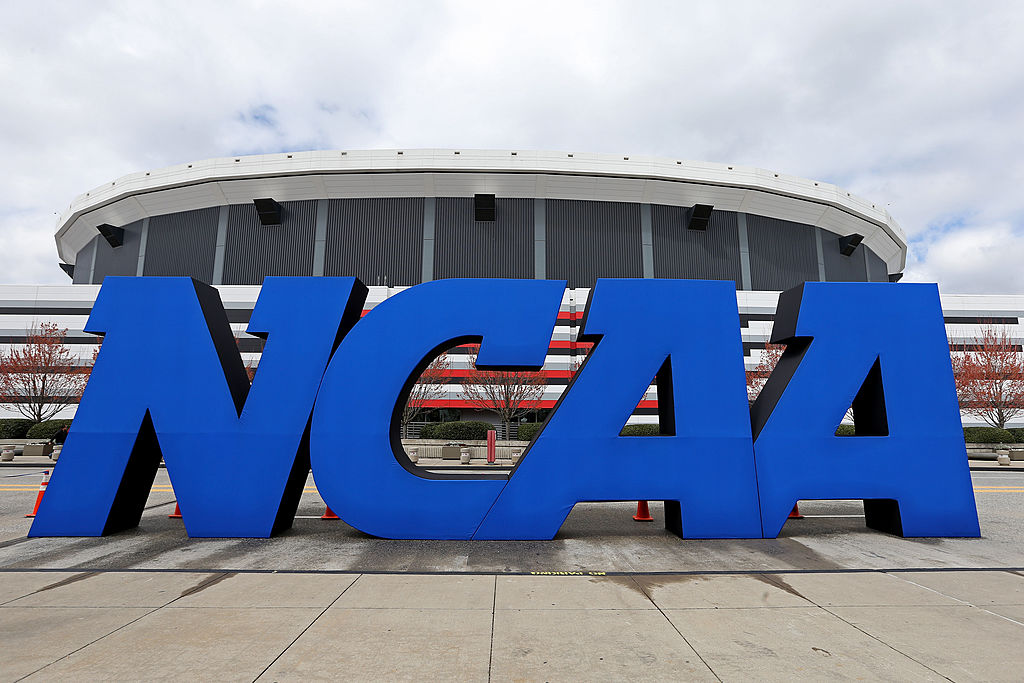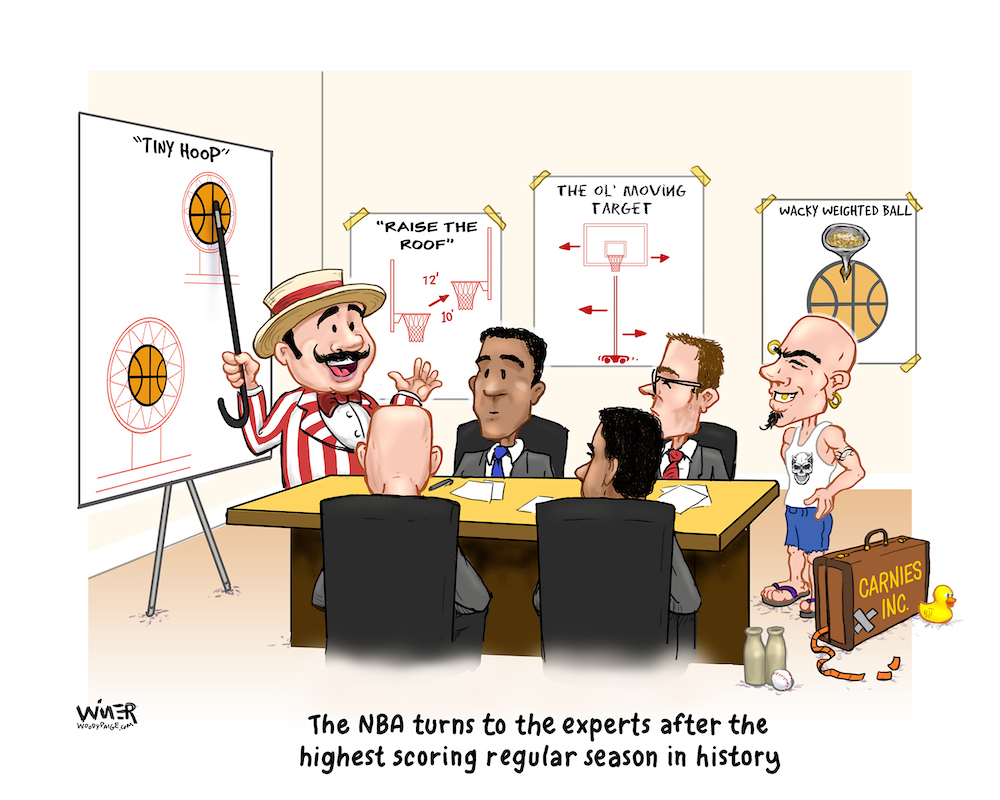It resumed with another phone call.
As I wrote in Part 1, ESPN executives had reached out to me in 1999 to participate in the ESPN Classics’ SportsCentury regular program, a showcase of famous athletes and their stories. I continued to be involved into the early 2000’s, and figured that was the end of our relationship.
I actually was slowing down my life, anyway. I had been a sports, or general, radio sports talk show host from 1974-2000 and, in my 50s, I really wanted to concentrate on writing my column for The Denver Post and authoring more books, including a novel.
Jim Cohen, vice president of programming, called in early 2002 and asked if I would meet with him at the Super Bowl. I assumed the network wanted me to appear on a new SportsCentury-type series since I had done several before.
On Wednesday of that week, Jim and I met at a sports bar.
I had known Cohen since he had been a young NBA beat writer in Milwaukee. He had moved up in the world as a writer, then a sports editor in Philadelphia. He joined ESPN and advanced to be a top executive.
Jim told me I had done him a favor at an NBA All-Star game when he was a rookie reporter. “I didn’t know anybody in the league, and nobody was helping me. You introduced me to players, coaches, and general managers at the All-Star game, and that did a lot to help my career.”
Life lesson: always be nice to people.
Jim, along with network president Mark Shapiro, had been responsible for my earlier work on ESPN.
And he announced that day: “We’ve got a great new, popular show, ‘Pardon The Interruption’, with Tony Kornheiser and Michael Wilborn, and we’re planning to do a companion show that would lead into PTI. That half hour hasn’t gotten any ratings or attention for years.”
Honestly, even though I knew Tony and Michael, I hadn’t watched “PTI” once because it came on at 3:30 in the afternoon in Colorado, and I always was working.
“What kind of show?” I asked Jim.
“We’re still working out the details, but we’d like you to be a main part of it, and we’re wondering if you’d be interested and have any ideas. We’d have more sports columnists on this show. You’d be our first hire.’’
“Sort of like “The Sports Reporters” (the prestigious Sunday morning program on ESPN)?” I asked.
“More lively. More argumentative. More like ‘Hollywood Squares’, with you in the middle box, we think.”
“A game show?”
“Could be. I think, with your humor, you’d be perfect’’
“Well, I did a local show called ‘Sports Hounds’ with a host and four panelists sitting around a table talking sports. I was on once a week and lasted about a year.’’
“This will be a lot bigger and better,” Cohen said. That was the end of the discussion. We ordered wings and talked about the Super Bowl and Jim’s role with ESPN.
Three months later Jim called me again and wanted to know if I wanted to do this new show.
“Not really,” I said.
“You’ll become a national TV star,” Jim replied.
“I’m very happy, and I’m not sure I want to give up a half hour every day.”
He asked if I would think about it, and I said sure. “I’ll call you in a couple of days.”
Jim had more details. “We’ll have a host – one of the ESPN anchors – and four sports columnists.”
“I don’t want to move to Bristol (Conn., the location of ESPN headquarters).”
“You won’t have to. You can do your part from Denver, and the others will be in Boston, Los Angeles, maybe Dallas and Chicago. It’ll be fun, and you might have 500,000 to a million viewers in a year or so.”
“OK” was the only thing I could think to say.
Didn’t even ask what the gig paid.
Jim soon would call again and tell me the host was a young boxing expert from New York named Max Kellerman. “He’s kind of a young Howard Cosell,” Cohen said.
“Never heard of him.”
“We’re also talking to Bob Ryan and Jackie MacMullan (of The Boston Globe) about being panelists. How do you feel about Jay Mariotti (of the Chicago Sun-Times)?”
“I was his competition, then his boss for a while, in Denver, and he hated me, and we didn’t split on very good terms,” I replied. “He wanted out, and I wanted him out. But I’m fine with it because I’d love to kick his butt in an argument.”
A couple of others who would end up on the show were Tim Cowlishaw from The Dallas Morning News and T.J. Simers of the Los Angeles Times (who also had been with The Other Paper in Denver).
I don’t know who else was considered early on, but I did learn that Cohen and Shapiro and executive producer Bill Wolfe wanted the four panelists to be in different time zones, and the show would be based out of Washington, D.C. (because that’s where PTI was taped).
We would start in October.
I was stunned.
First, we were to gather in New York City to meet and go over the process of getting on the air. I already knew all the panelists, and this would be the opportunity to say hello to Wolfe, perhaps the most brilliant man I’ve ever worked with, and Mr. Kellerman, the boxing expert and Yankees fan.
We gathered during the baseball playoffs at the famed Carnegie Deli (which has since shut down) near Central Park. I was covering the Yankees series and staying at the Essex House, perhaps my favorite hotel in the world.
When I was a kid sports columnist in Memphis in the 1970s, I traveled to New York for the NBA All-Star Game (and, as it turned out, the Grammy’s, but that’s another story), and the travel agent asked where I wanted to stay “”Essex House on Central Park,” I said.
“That’s a great choice,’’ she said surprisingly. “How do you know about that hotel?”
“Guests of The Tonight Show with Johnny Carson stay on Central Park at the Essex House,” I replied. I had no clue about New York hotels.
Plus, it was a couple of doors from Mickey Mantle’s, a famous Manhattan sports bar.
At the Carnegie I said hello to Mariotti, and he returned the greeting, which was amazing. Every time I said hello to him at a national sports event, he would say two rather choice words.
Max Kellerman asked me if I lived on a farm in Colorado.
I wasn’t sure about this guy.
He began talking and never shut up. I was suffering from the flu and wanted out of there and away from him, and I finally interjected: “Max, you haven’t me confused with someone who gives a shit about what you think.’’
Wolfe said: “Gentlemen, that’s ‘Around The Horn’, which is what the show had been named because of the term in baseball of throwing the ball around the horn (third to second to first after a strikeout).
The other guys (Jackie Mac wasn’t in attendance) must have thought this would be a daily version of The Sports Reporters.
Instead, we were supposed to several buddies at a bar loudly arguing about who was the best centerfielder ever.
The other people at the meeting went off for a walk in Central Park, and were going bowling later. I wanted no part of that action, and went off to the Yankees game sick, hacking with the flu.
The next day we met at Mantle’s place.
That’s when Wolfe described the scoring system. Scoring?
I later learned that network executives were contemplating having a “grandmother’’ or a famous athlete doing the scoring every day. Then, it was decided Kellerman would score us. I felt that wasn’t going to work out well for me. Then, we found out about the mute button. It became my worst enemy.
In October, 2002, we rehearsed every day, and I was going for a cross between Soupy Sales (a comedian who did a national kids show every day when I was young) and former Broncos coach Dan Reeves, who used to shout at the media and say: “Why do I always have to straighten you guys out?”
After a couple of weeks of practices, the show’s debut was pushed back into November. Nobody was happy.
Ultimately, Nov. 4 was determined as the first show date. There were six of us. I assumed I’d be an odd man out. But I was selected for Show No. 1. We were supposed to talk some about sports in our time zone, answer a trivia question, discuss one serious subject, and touch upon several other sports topics.
We got points for our responses. At the end of the program, you could talk for the number of seconds that matched your score. I think Bob Ryan won with 37 points or something.
I had three.
When it came my turn to talk, I said: “Well . . . Kellerman shut me off and out.”
Although the early reviews were brutal – “My Mother The Car of Sports” – and the other panelists were not thrilled about my character, Tim Cowlishaw would say one day, “We couldn’t understand why Woody was on the show, and two weeks later, we realized Woody was the show.”
The show really caught on with college students and hard-core sports fans.
And ATH became a worthy compliment to PTI, especially after some changes were made and ESPN decided to promote the program.
No more trivia question or seconds based on points. The mute button stayed, to be joined about a year later by the blackboard and its quotes. And there was a winner every day who got 30 seconds of “facetime.” I finally won my first show and had nothing to talk about. Said that after my third win.
Eventually, young Tony Reali, Statboy on PTI, replaced Kellerman, who signed with FOX Sports for a show. Before, ATH was Kellerman-centric, but Reali believed the show was about the panelists.
Around The Horn would be telecast Around The World (in 168 countries) and became the second most-viewed show (to PTI) in the daytime (and early evening). Some of us thought it might last six months. ATH is about to start its 17th year.
And, somehow, I’ve won 600(.5) shows and appeared on more than 2,600 shows (from Denver, New York, Jacksonville, Miami, Tampa, New Orleans, Phoenix, San Francisco, Los Angeles, Detroit, Boston, Washington D.C., and probably a few other locales I’ve forgotten.
Jim Cohen was right. Around The Horn has been fun, the most fun I’ve ever had in a job, and I don’t even wear pants some days (because we’re only seen from the waist up).
It all started with a phone call.


















Woody – I’ve been reading your work since middle school, when I would grab a copy of the RMN to read in math class. My teacher didn’t mind; we both knew that math would not factor heavily into my future. Glad to see your site building out. Congrats on 600.5 wins!
There are a couple typos in this new article. If you need a quick-glance editor, let me know. Happy to work for free or craft beer or Avalanche tickets, whatevs. My copy-editing experience goes back to work for my dad’s companies when I was in high school (circa 1998) and continues to this day. Right now I have a full-time work from home/road job that keeps me busy, but I’ve always got a spare half hour to put another pair of eyes on an article.
Congratulations again on all your success, and thank you for your opinions, your antics and your honesty through the years.
Ian E. Cerveny
Have not “haven’t” otherwise love this!